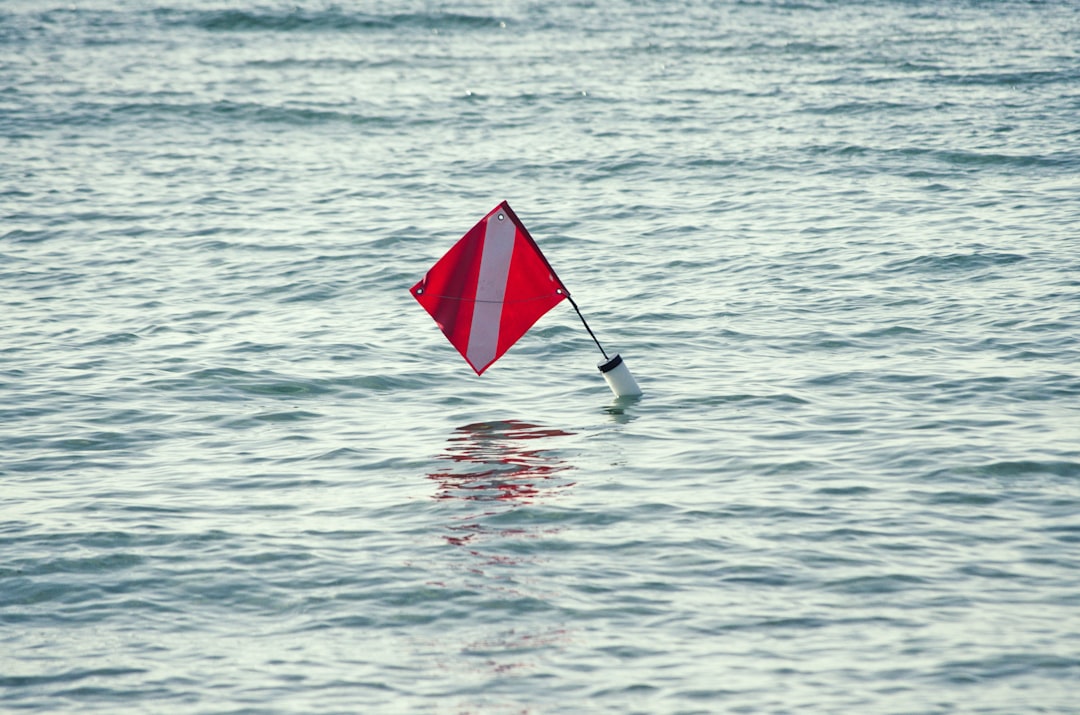
Should you ever find yourself mesmerized by the vibrant display of flags adorning a vessel’s mast as they sway in the breeze, you’ve experienced the enchanting world of nautical flag design. These maritime emblems aren’t just for show; each flag carries its own distinct message, communicating vital information to sailors across the high seas.
Before embarking on your journey into the realm of nautical flag design, it’s vital to comprehend the foundational code that regulates these maritime symbols. The International Code of Signals (ICS) provides a standardized system of communication at sea, with each flag representing a specific letter, number, or signal. This page has all the info you need.
Creating nautical flags necessitates achieving a delicate equilibrium between aesthetics and utility. Every flag must be readily identifiable from a distance, even amidst the choppy waters of the open ocean. Designers frequently choose bold, contrasting hues and straightforward geometric patterns to enhance visibility. Furthermore, flags are usually constructed from resilient materials like nylon or polyester to endure the harsh conditions of the maritime environment.
Beyond their practical utility, nautical flags are steeped in rich symbolism and tradition. For centuries, sailors have imbued these colorful banners with meanings both practical and symbolic. From the notorious Jolly Roger, representing piracy and rebellion, to the unassuming Blue Peter, signaling a ship’s readiness to depart, each flag holds its own unique significance. Understanding these symbols adds depth to the art of nautical flag design, connecting contemporary sailors to a storied maritime heritage.
It’s crucial to display nautical flags properly for effective communication at sea. Flags are commonly raised on a ship’s mast or rigging using halyards or flagstaffs, and the positioning of each flag conveys specific messages. For instance, the “Oscar” flag, signaling a man overboard, is flown above all other flags to emphasize the urgency of the situation. Furthermore, particular flags might be organized in prearranged sequences to transmit more elaborate messages, like distress signals or navigational guidance. Click here for more helpful tips on this company.
While nautical flags possess an enduring appeal, their practical applications exceed mere decoration. Contemporary maritime sectors depend on these flags for vital communication in activities spanning from commercial shipping to recreational boating. Furthermore, nautical flags play a crucial role in maritime signaling systems, aiding in navigation, collision avoidance, and search and rescue efforts. By mastering the language of nautical flags, sailors can enhance safety and efficiency on the high seas.
In an era dominated by digital technology, the tradition of nautical flag communication endures as a testament to humanity’s enduring connection to the sea. Despite modern breakthroughs like radio and satellite communication, nautical flags retain their cherished position as symbols of maritime tradition. Whether gracing a historic tall ship or fluttering atop a modern yacht, these vibrant symbols never fail to captivate the imagination of sailors and landlubbers alike.
To conclude, the craft of designing and exhibiting nautical flags is an age-old tradition that harmonizes practicality with symbolism, linking sailors across oceans and epochs. Therefore, when you next glimpse a string of flags swaying in the wind, pause to reflect on the centuries-old tradition they embody. May fair winds and following seas guide your journey! See, this website has all the info you need to learn about this amazing product.